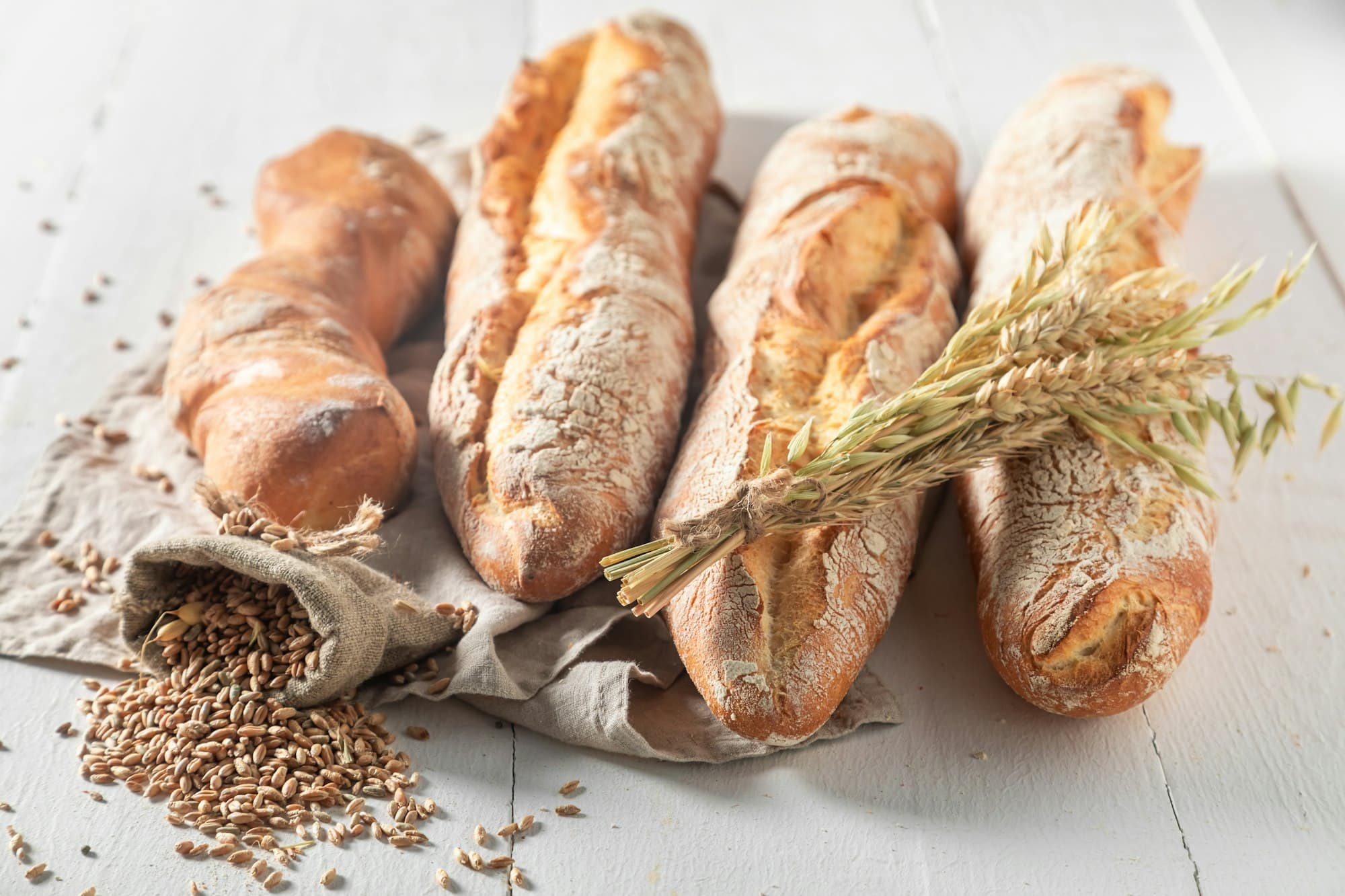The allure of a fresh, warm French baguette is undeniable – the crunchy exterior gives way to a soft, light interior that is both comforting and delightful. But what’s the secret to baking the perfect baguette? What ingredients, methods, and techniques go into the process that elevates a simple combination of flour, water, and yeast into a culinary masterpiece? Let’s unlock the secrets to crafting the perfect French baguette with a crunchy exterior.
It Begins with the Dough
First and foremost, the secret to a perfect French baguette is the dough. Baking is a science, and the dough is the foundation of that science. It’s where the magic happens. The proportions and quality of your ingredients, the time spent kneading, and the controlled environment for the dough to rise are vital factors.
Lire également : What Techniques Can You Use to Make a Rich and Creamy Risotto ai Funghi?
The basic ingredients are simple: flour, water, yeast, and a pinch of salt. But the type of flour and yeast used can significantly impact the texture and flavor of the baguette. A high-protein flour and fresh yeast are often preferred for their ability to produce a dough that’s both resilient and flavorful.
It’s recommended to use tepid water for the dough mixture, it helps activate the yeast faster. When combined with flour, yeast consumes the sugars and releases carbon dioxide, creating tiny pockets of air within the dough. This process is what gives the baguette its airy, light texture.
A lire aussi : How to Prepare Authentic Greek Dolmades with Lemon Sauce?
Kneading the dough is crucial. One needs to knead the dough for at least 10 minutes to develop the gluten in the flour. This will give your baguette a good structure. Once kneaded, the dough needs to rest and rise. This process, known as fermentation, allows the dough to develop intricate flavors and a delightful aroma.
Shaping and Scoring: The Aesthetic Touch
Once your dough has risen, it’s time to give it the unique shape of a French baguette. This requires a gentle touch and a little bit of technique. Generally, you will need to gently press the dough into a rectangle, then fold and roll it to create the classic baguette shape. When rolling, it is crucial to ensure that the dough is evenly distributed along the length of the baguette.
Scoring, or slashing the dough with a knife, is more than just a decorative touch. It allows the gases produced during baking to escape, preventing the bread from bursting. The classic French baguette has four to five slashes along its length, made at a slight angle to the length of the baguette. The depth and angle of the slashes can affect how the baguette expands and browns during baking.
The Importance of Preheating the Oven
The oven’s role in baking a French baguette is just as important as the dough. Preheating the oven is vital as it ensures the baguette starts baking immediately when it goes in. If the oven isn’t hot enough, the dough will start drying out before it has a chance to fully rise, leading to a denser texture and less crunchy crust.
The ideal baking temperature for a French baguette is around 240 degrees Celsius, or 464 degrees Fahrenheit. For a crunchy exterior, some bakers recommend using a baking stone, which can help create a consistent high temperature throughout the baking process.
In addition, introducing steam during the initial phase of baking can help achieve that perfect crunchy crust. This can be done by placing a pan of hot water in the oven or spraying the oven walls with water.
Timing is Everything
In baking, especially when it comes to French baguettes, timing is everything. From the time you mix your ingredients, to the kneading, resting, shaping, and finally baking, every minute counts.
Generally, a French baguette takes about 20 to 25 minutes to bake, but this can vary depending on the exact size of the baguette and the characteristics of your oven. It’s essential to keep a close eye on the baguette during the baking process, as just a few extra minutes can turn a golden crust into a burnt one.
Ultimately, creating the perfect French baguette is more art than science, requiring not just the right ingredients and techniques, but also intuition, patience, and passion. With practice and attention to detail, you too can master the art of baking the perfect French baguette with a crunchy exterior.
The Process of Proofing – A Vital Factor
The process of proofing is often considered as an essential aspect of crafting the perfect French baguette. After the dough has been kneaded and shaped, it needs time to rest, during which it rises and develops complex flavors. This resting period, also known as proofing, allows the yeast to continue working, resulting in a fluffier and lighter bread.
The first proofing session usually lasts about one hour, but this can depend on the specific type of yeast used. Make sure the dough is covered with a cloth or plastic wrap to prevent it from drying out. After this initial rise, the dough should be punched down to release the gases and re-knead it for around 2 minutes.
For the second proofing session, the baguette-shaped dough should rest for an additional 40 minutes to an hour, or until it has visibly increased in size. Maintain the dough at room temperature during this period to facilitate the yeast activity.
This step is a testament to the saying that good things take time. Proofing is essential in bringing out the desired flavor profile in the bread and ensuring the correct texture in the final product. When the dough has been properly proofed, it will have a distinct aroma – a sweet, yeasty smell that is both tantalizing and comforting.
Final Touches and Cooling – The Last Steps
After the baguettes have baked to perfection, they need to cool before they can be enjoyed. Just after baking, the crust of the baguette is at its crispiest. As it cools, the crust will soften slightly while maintaining a delightful crunch.
Place the warm baguettes on a cooling rack as soon as they come out of the oven. This allows the air to circulate around them and cool them evenly. Resist the temptation to cut into the bread immediately; the inside is still cooking from the residual heat.
The cooling process generally takes around 20 to 30 minutes, but this can depend on the size of your baguettes. As they cool, the crust will become less shiny and will develop the ideal amount of crunch.
Remember, cooling is an important final step in the process of making a French baguette. It allows the bread to finish cooking and helps to firm up the crust, ensuring that your baguette has the perfect combination of a soft, airy interior and a crunchy exterior.
Conclusion
Crafting the perfect French baguette with a crunchy exterior is indeed a work of art. It calls for a subtle balance of key ingredients like high-protein bread flour, instant yeast, and warm water, combined with well-timed processes of kneading, proofing, shaping, scoring, baking, and cooling.
Mastering this process involves understanding the science behind each step and having the patience to let nature take its course. The most successful bakers are those who not only follow the baguette recipe meticulously but also pour their passion into the process, treating each loaf as a unique creation.
The joy of breaking into a freshly baked, crunchy French baguette is a pleasure that never fades. Though it may seem daunting at first, with practice, patience, and persistence, you too can master the art of baking the perfect French baguette. Happy baking!











